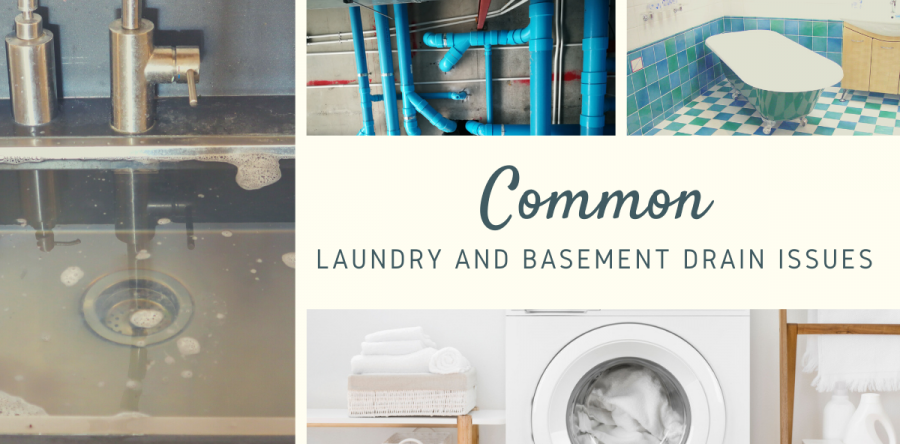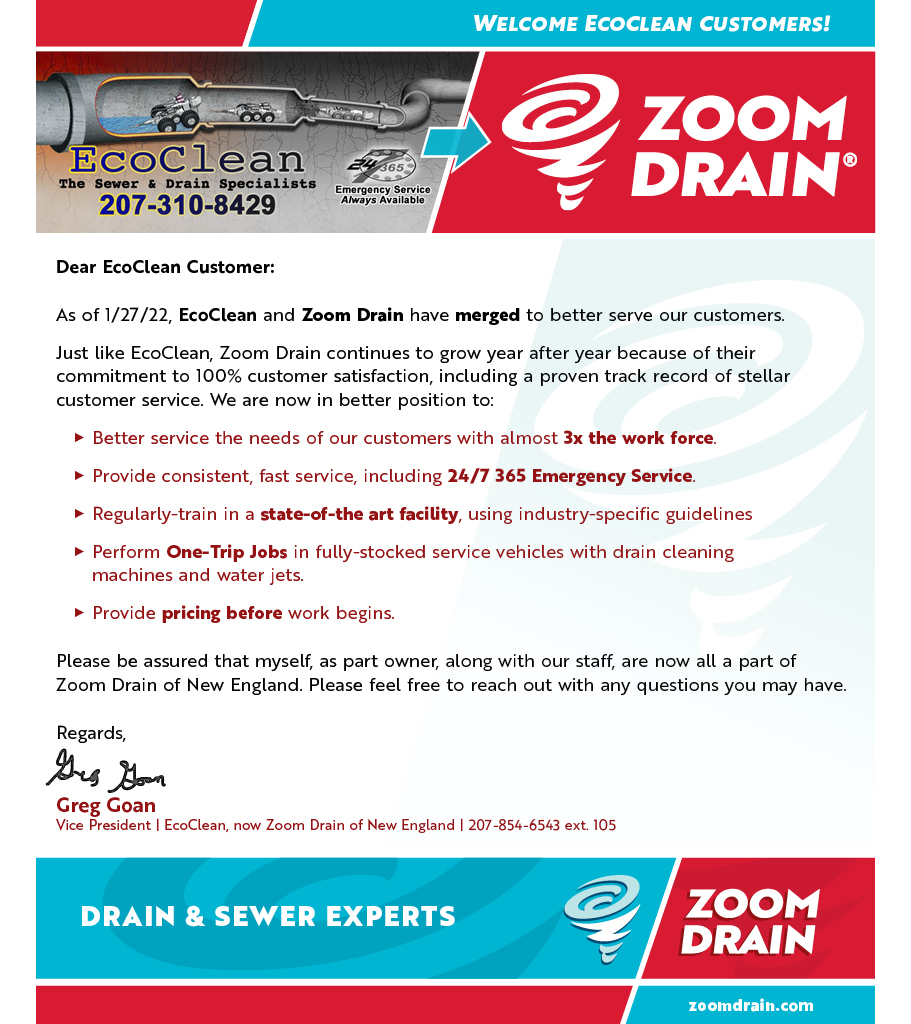If you are experiencing problems with the drain your washing machine is hooked up to, it might not have anything to do with your washing machine at all. Kitchen appliance and washer drains share the same pipe in many homes. This means that food and grease have a tendency to build up in that pipe. This can slow the water flow not only in the kitchen, but also in the laundry room. If the blockage becomes severe enough, it might even stop draining altogether, leading to a backup in your kitchen appliances and washing machine.
One way to prevent this scenario is simple — don’t put grease and food down the kitchen sink. However, if water is already starting to back up into the kitchen sink (or even the bathtub) while you’re doing a load of laundry, it could point to your main drain line being clogged.
If the issue is with water coming up through the basement floor drain, the issue is not with a clog in the basement floor drain itself. Instead, it’s most likely an issue with your home’s main drain line that is causing the floor drain to back up. Like many of us, liquids like to take the path of least resistance. And since the basement floor drain is the lowest opening in the home’s drainage system, if you have sewage and water coming up in the basement floor drain, or a flooded basement, it probably means your home’s main drain line is clogged.
If you’re experiencing either of these issues, you’ll want to place a call to EcoClean to clean your pipes to remove the clog.
What Causes Drain Clogs?
As we already mentioned, may clogs are caused by food and grease becoming trapped in the pipes. However, it can also be caused by tree roots that have grown inside the pipe. Roots are always seeking out moisture, and will view your home’s sewer line as a major source of the water and nutrients it needs. If there is any type of crack or weak point in the pipe, the roots will find a way to get in.
If you suspect you may have roots in your sewer line, give us a call. We can inspect the pipes for signs of a root intrusion and, if we find roots, remove them. There are several methods of root removal we can use, such as water jetting or mechanical cutting. However, we find the most effective method of root removal is by treating the issue with RootX®, an herbicide that uses root foaming technology to attack and kill the roots without harming trees, plants, or your home’s sewer system.
Not only is treating and removing roots with RootX® less time-consuming than mechanical cutting, it’s more effective, since cutting the roots back doesn’t guarantee that they won’t grow right back into your pipes.


